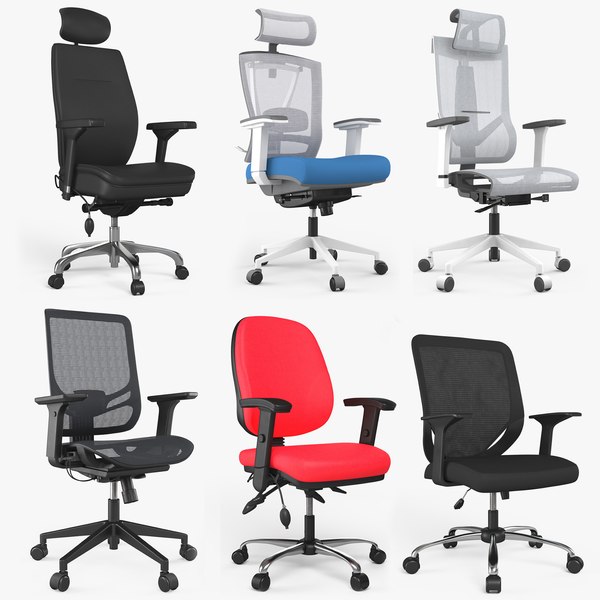Say Goodbye to Dull Blades and Hello to Perfection with the Best Lawn Mower Blade Sharpener
The right mower blades can be an essential equipment for maintaining your lawn however, the wrong kind could cause harm to your mower, or pose a danger to your safety. This guide will help you choose the right blades for your Convenient lawn mower blade sharpener.
Standard blades are made to quickly cut through dense grass and take it for the bagging process. They also have the ability to mulch.
They trim grass
Regular blades are easy to use and can cut grass into small pieces. These pieces allow the grass to be reintroduced into the soil where they can fertilize it. These blades tend to be less likely to gather dust than other kinds of grass.
The blades with low lift are best for sand as they need less power. This kind of blade won’t produce a large amount of dust to be blown in the air and can last longer than other types of blades.
These blades are driven by suction more than other blades. They can break down the grass clippings to smaller pieces that can then be discharged or bagged. These blades can be used by lawn care companies that receive different requests from customers regarding how to deal with grass clippings. These blades are incredibly versatile however they are not as strong or durable as steel or carbide blades. They may require some more attention, including cleaning, balancing and sharpening.
It’s is Mulch
A standard lawn mower blade creates a powerful suction on the ground and pulls grass up to cut it precisely. This suction may also circulate dust and collect in the blade’s deck, causing rapid wear.
A high-lift blade however it sucks up grass and propels it forward to make it easier to dispose into a bag or the side discharge chute. The blades usually have a more curved style surface and additional cutting surfaces along the edges for more efficient mulching.
Selecting the right blade to use with your mower is vital for the best outcomes. To be certain you’re purchasing the right type of blade, check it for the part number or code that matches up with your unit’s parts list that is in the user manual. Also, make sure that the center hole pattern on the new blade matches up with the one that came with your machine. If you’re sure it fits correctly, you can attach it to the mower with the washer and nuts included.
They Lift Grass
When the mower is moving, the larger edges of high-lift blades collect an air pocket. The air cushion is created which reduces the friction and resistance when cutting and results in a more consistent cut. The machine also suckers up the clippings and propels them into an auxiliary chute for easy disposal.
These kinds of blades are great for mowing dense grass that might cause clustering. They work well on wet or dry lawns but may not be as efficient when you’re mowing on dusty or sandy terrain because they tend to catch and scatter dirt and stone up into the air.
Be sure to use proper safety precautions in the process of changing the blade of your lawn mower. To remove the blade it is necessary to park the mower on an even surface, then remove the key. You can unscrew the bolts which hold the blade in position and then put in the new one.
They discharge grass
High-lift blades are characterized by their large edges which create an air pocket as they pass through the lawn. This reduces friction and increases resistance. This results in a powerful suction that lifts the clippings, and propels them into the side discharge chute or grass bag for easy removal.
Low-lift blades work better for sandy soils, since they don’t produce enough suction that would lift the grass. These blades are also more susceptible to damage caused by rocks and other particles which are introduced into the mower during cutting.
All-purpose blades, or 2-in-1 standard blades can be frequently found on lawn mowers that are regular and also on those fitted with rear bagging attachments. These blades have a small curve along the edge that helps to reduce clumping and improve the dispersal of grass clippings on your lawn. They only have moderate air flow, which could make it difficult for the engine and reduce your ability to manage the distribution of clippings.

